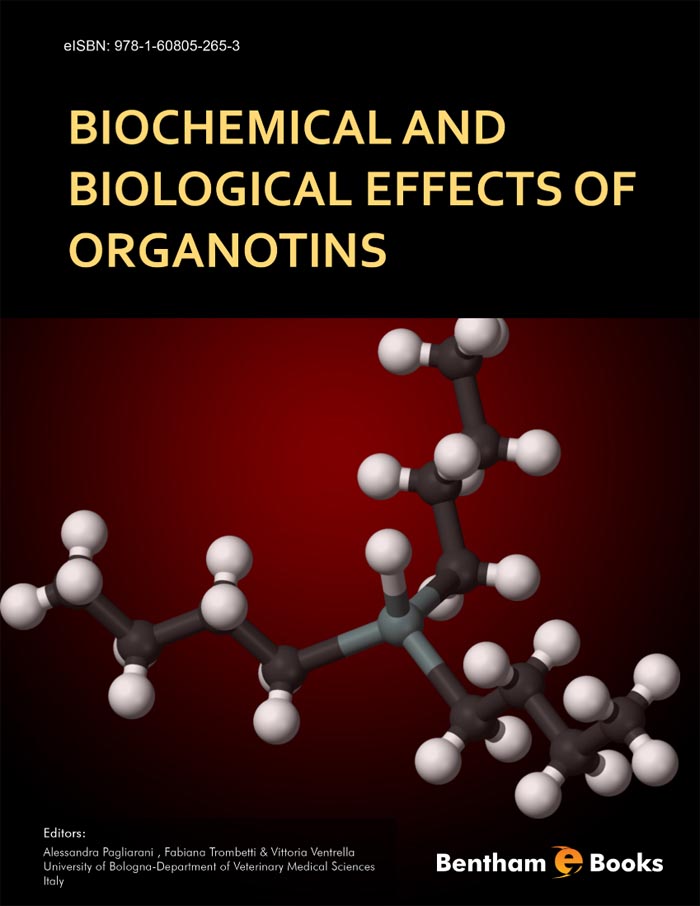Foreword
The book “Biochemical and biological effects of organotins” represents a due contribution and fills a gap in the scientific literature on environmental contaminants. Organotins are widespread contaminants, especially of water environments. Their chemically versatile structures make organotin compounds able to bind to a variety of biomolecules, thus widely affecting biological functions. Especially trisubstituted species, namely tributyltin and triphenyltin, widely employed in the past, in antifouling paints and still employed as plastic stabilizers, display unwanted harmful effects. Even if increasingly banned by European and non-European governments, due to their persistency and bioaccumulation, organotins still represent a global threat of unpredictable duration. The lipophilicity of the organic moiety not only favours organotin bioaccumulation in animal tissues but also facilitates their crossing plasma membranes and entering the cytoplasm. Once embedded in membrane lipid bilayers, organotins can act both at the plasma-membrane level and intracellularly by disrupting processes depending on compartmentalization. In its 12 chapters written by experts in their respective fields, this book unravels the chemical properties and the biological and biochemical effects of organotins by a careful analysis of the most recent findings, with special focus on contaminant action mechanisms at cellular and molecular level in a variety of different organisms, including humans. The various hypothesized mechanisms at the cellular and molecular level are deeply reviewed in order to provide a quite exhaustive pattern of organotin toxicity as well as of their potential beneficial or therapeutic use. Such a comprehensive review on organotins was deeply needed: besides furnishing an up-dated and excellent overview of organotin effects, the book provides a intriguing insight into the molecular mechanism involved, thus representing a unique tool to biochemists, biologists, ecotoxicologists and life science students and researchers.
Giorgio Lenaz, MD
Professor of Biochemistry
University of Bologna, Italy

